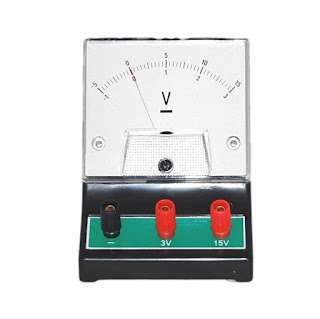The world of electronics is all about electrical circuits, electronic components, and interconnected technologies. All these elements can be primarily categorized as digital, analog, or a combination of both. However, here we will be focusing on the basics of the analog category in detail.
Analog electronics are electronic systems with a continuously variable signal, in contrast to digital electronics where signals usually take only two levels.
Analog electronics is a branch of electronics that deals with a continuously variable signal. It’s widely used in radio and audio equipment along with other applications where signals are derived from analog sensors before being converted into digital signals for subsequent storage and processing.
What is Analog ?
Analog means continuous and real. The world we live in is analog in nature, implying that it’s full of infinite possibilities. The number of smells we can sense, the number of tones we can hear, or the number of colors we can paint with; everything is infinite. The people working in the field of analog electronics are basically dealing with analog devices and circuits.
For example, if we build a circuit and it counts values like 1, 2, 3, 4, and 5; the values are neither infinite nor continuous. On the other hand, if the circuit counts like 1.00000, 1.00001, 1.00002, 4.99999, 5.00000, the amount of information would be infinite.
If you have an analog watch, for example, it tells the time with hands that move around a dial, the position of the hands being a measurement of time. How much the hands move is directly related to what time it is. If the hour hand sweeps across two segments of the dial, it shows that twice as much time has passed compared to if it moved one segment. This sounds obvious, but it’s more subtle than it first appears, since the hand’s movements over the dial are a way of representing passing time. Basically, it’s not the same thing as time itself, but a representation or an analogy of time. This is really what the term “analog” means.



Comments
Post a Comment